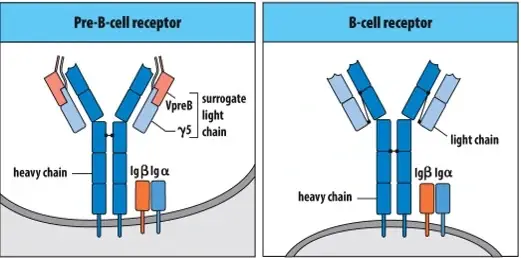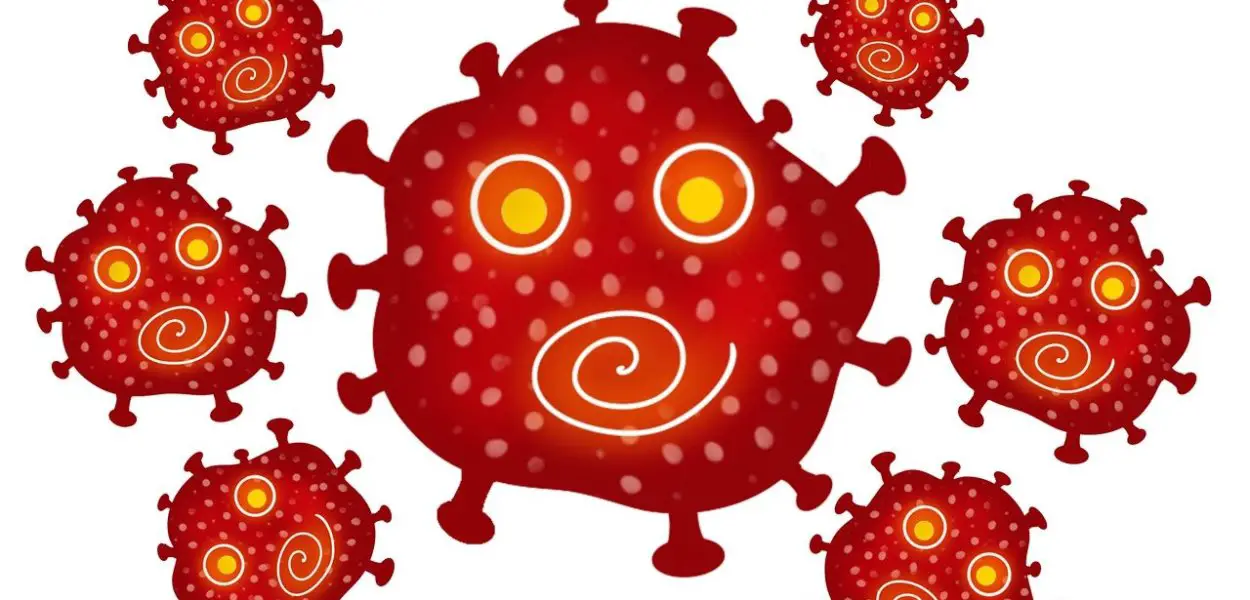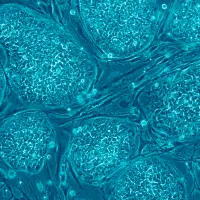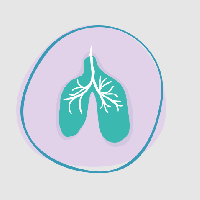Hi Everyone! My friend just published a biology study guide book and it’s currently on sale! This book on biology study guides contains practice review questions and answers. Study Guides: Biology Unit Review Practice Questions and Answers . This interactive study guide of worksheets contains questions and answers to help you understand biology. Each unit contains information on key topics to review to further your understanding of biology. The units covered in this book include: ecology, biomolecules and cell biology, energy, photosynthesis, cellular respiration, cell division, mitosis, meiosis, protein synthesis, genetics, and evolution. Award-winning author and teacher Dr. Sam J. Alex created this study guide while inspired by students and teachers. All proceeds donated! Hope you find this book helpful on your journey into the wonderful world of biology and beyond!



















